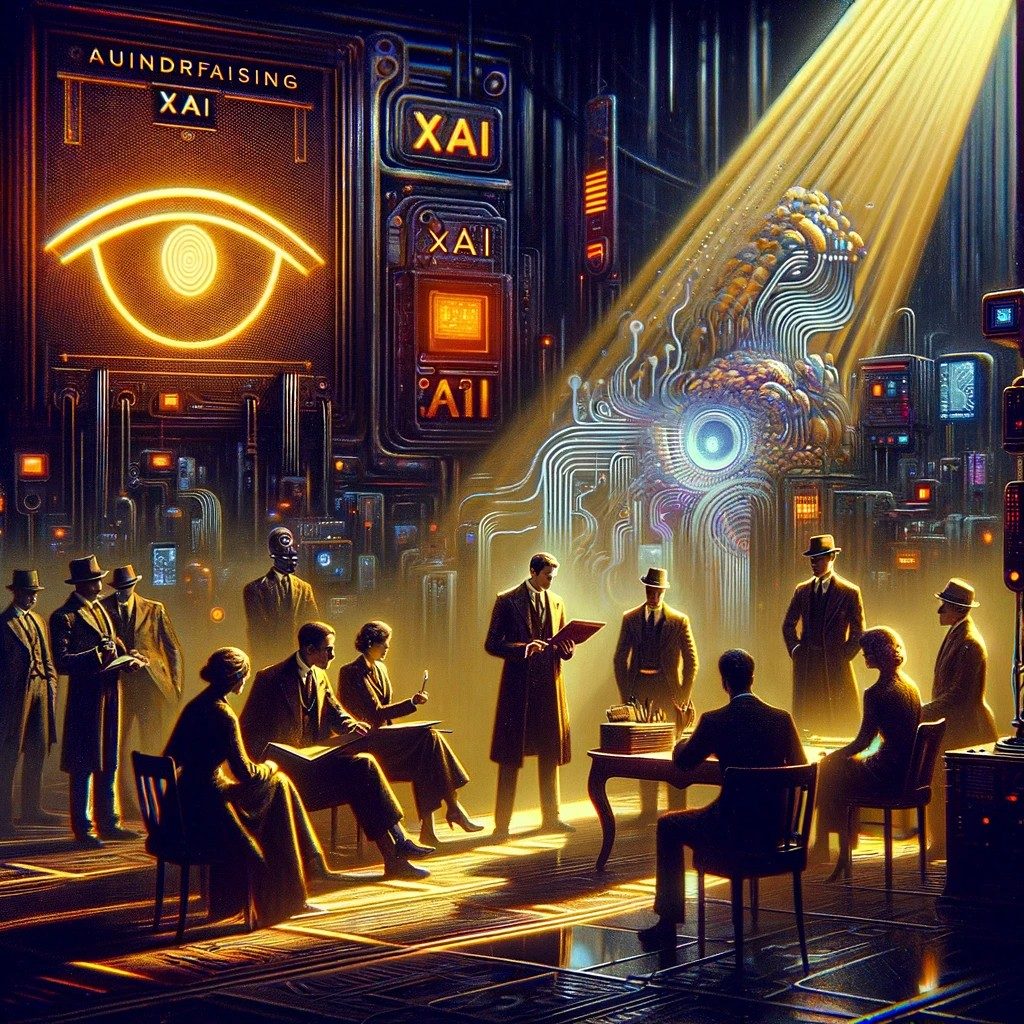In a pioneering collaboration that transcends the boundaries of conventional art, artist Cosmo Wenman ventures into the realm of accessibility through an AI image generator. Joined by blind researchers Brandon Biggs, Lindsay Yazzolino, and Joshua Miele, this quasi-academic project explores the untapped potential of generative AI technologies. The experiment, initiated by Wenman, unfolds a captivating narrative as the team unearths over 4,000 images, each a unique expression of AI’s interpretation of artistic concepts, challenging preconceptions and kindling a dialogue on the intersection of technology and inclusive creativity.
Unveiling the artistry with AI image generators
Cosmo Wenman, a luminary in the realm of 3D design and fabrication art, embarks on an ambitious journey to unravel the synergy between artificial intelligence and artistic accessibility. Collaborating with blind researchers Brandon Biggs, Lindsay Yazzolino, and Joshua Miele, the team initiates a profound exploration, utilizing the Midjourney AI image generator. The experiment goes beyond mere numbers, delving into the essence of each of the 4,110 images, each a testament to the uncharted territories AI can tread in the world of art.
Wenman illuminates the project’s distinctive contribution, emphasizing how AI’s capacity to break down artistic elements into more readily available components creates a “new form of accessibility.” Unlike traditional access through photographs or 3D scans, AI offers a dynamic avenue for remixing and understanding art on a conceptual level. Wenman discusses the program’s aptitude to uncover “weird and thematic intersections” in art, providing unexpected insights into visual language and thematic parallels that might escape the human eye.
Precision vs. chaos in AI art for the visually impaired
Unforeseen Interpretations and the Complex Tapestry of Artistic Expression
As the project unfolds, the journey takes unexpected turns, revealing visual interpretations that challenge the team’s initial expectations. The AI-generated images, prompted by descriptions of famous artworks, transcend the predictable, creating visual illusions and visceral imagery that captivates and perplexes. Wenman acknowledges the challenges in balancing precision and chaos in AI-generated art, particularly for blind users who rely on the technology to express themselves visually. The delicate dance between intent and interpretation becomes a mesmerizing tapestry of artistic expression.
While AI companies like Midjourney actively address precision concerns and user control, the challenge remains in closing the feedback loop for blind users. Wenman delves into the importance of blind users being able to rely on text-to-image precision, noting that advancements in generating text from images could contribute to providing feedback on generated visual content. The project’s exploration of themes like agency and enhanced accessibility through technology raises critical questions about the future integration of AI tools in the artistic process.
In the evolving landscape of AI and art, Wenman and his team envision curating their generated images into an exhibition, elevating the experiment to an artistic endeavor of its own. The artist’s plans to fabricate 3D designs in bronze further signify the impact of generative AI as a transformative tool in artistic expression and accessibility. As technology advances, the delicate balance between precision and chaos in AI-generated art for the blind becomes a focal point, offering both challenges and extraordinary possibilities for the future of inclusive creativity.





